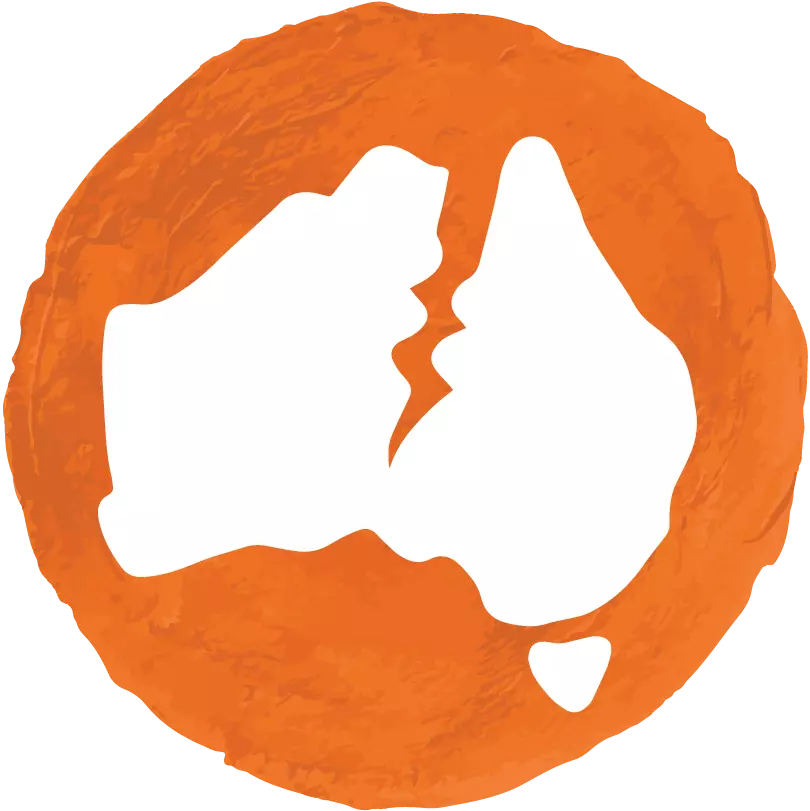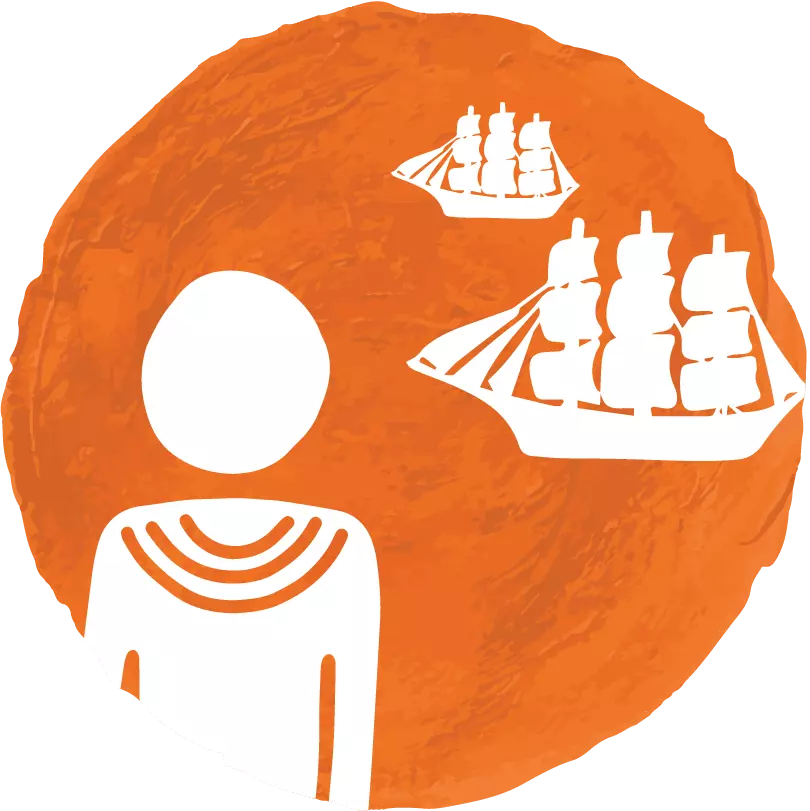
How does genetics influence the evolutionary process of First Nations Peoples as illustrated by archaeological findings?
Unit details
Y10 ScienceAboriginal and Torres Strait Islander Histories and Cultures cross-curriculum priority.
Unit overview
This resource extends students’ knowledge of genetics and evolution by exploring the biological evolution of First Nations Peoples. Students learn about the migration of the ancient African ancestors of First Nations Peoples through to their inhabitation of Sahul. Students investigate the physiological adaptation of the Pitjantjatjara people to the cold, and learn about their use of microclimates to survive the harsh Australian climate.
Graphing data from a 1958 study (Scholander et al. 1958) that aimed to find whether the Pitjantjatjara people can survive the cold better than non-Indigenous people, students draw their own conclusions from the data. Students explore the impact that colonisation has on First Nations Peoples’ ancestral practices and health.
The destruction of historical sites, due to mining activity, is explored as this directly impacts First Nations Peoples connection to Country as well as the preservation of archaeological significant ancestral sites.
To conclude the resource, students complete a summative presentation, with a focus on Mungo Man, to answer the question: ‘How can scientific research on evolution be undertaken ethically with respect for First Nations traditions?’
Register for access
Its free and will only take a minute! Register hereAlready registered? Login

 The Wound
The Wound
 Our History
Our History
 Why Me?
Why Me?
 Our Cultures
Our Cultures
 My Response
My Response







